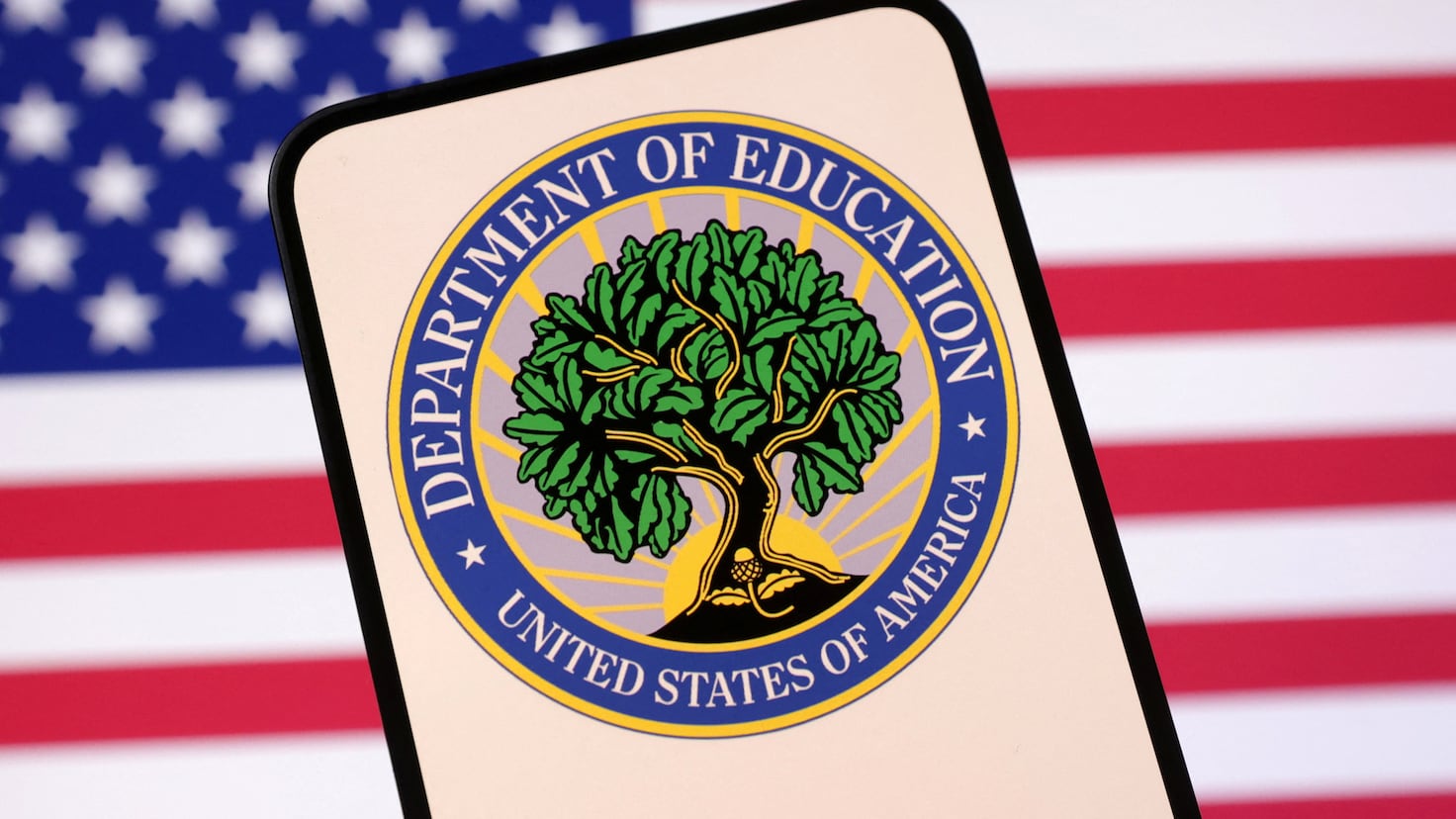Though much of the attention surrounding the Republicans’ recently passed “big beautiful bill” has focused on cuts to Medicaid, SNAP, and increased funding for ICE, other significant changes—such as those affecting student loans—have received far less coverage.
One major shift is the overhaul of federal student loan repayment options. The new law eliminates several existing income-driven repayment (IDR) plans, leaving borrowers with just two choices: a standard repayment plan, which is not income-based, and a new Repayment Assistance Plan (RAP), which is income-sensitive.
Under the revised standard plan, borrowers will make fixed monthly payments to repay their loans over a period of 10 to 25 years, depending on the size of the loan. This replaces the previous standard 10-year term, allowing for longer repayment periods for larger loan balances.
The elimination of many income-based repayment programs
The most extensive income-based repayment plan (IBRP) is SAVE, with around 8 million enrolled. Axios reported shortly after the bill’s passage that SAVE would be eliminated and replaced with RAP.
As of 2024, around 4.5 million borrowers enrolled in IBRPs had incomes so low that their monthly payment was $0. The majority, 3.6 million, of these borrowers were enrolled in the SAVE program, according to reports from the US Government Accountability Office.
For the millions who rely on SAVE to manage their student loan payments, they will need to enroll in a different plan (income-based or not) between July 2026 and July 2028. If no new plan is selected, the federal government will automatically enroll them in an RAP. However, critics warn that this new plan is not likely to provide the same economic relief as SAVE.
The new RAP program will require borrowers to pay between 1% and 10% of their discretionary income, with a mandatory minimum payment of $10.
Critics sound that alarm
The Institute for College Access & Success (TICAS) has strongly criticized the proposed Repayment Assistance Plan (RAP), arguing that it falls far short of the relief offered by existing income-driven repayment plans, such as SAVE.
According to TICAS, while current income-based plans use a formula that adjusts monthly payments based on a borrower’s income and family size, the new RAP proposal eliminates that formula and replaces it with one that fails to protect the lowest-income borrowers as it does not base the calculation on discretionary income, but one’s overall income. The organization warns that this change could force struggling borrowers to choose between basic necessities—like food and housing—and their student loan payments.
TICAS emphasized that income-driven repayment plans (IDRPs) were designed to prevent borrowers from defaulting. However, under RAP, many low-income borrowers could face unaffordable payments, increasing the risk of default and long-term debt entrapment. The GOP plan also introduces a “cliff effect,” where even a small increase in income could lead to a disproportionately large jump in monthly payments.
What about future borrowers?
The bill caps the amount of money a student can borrow in federal loans, covering both undergraduate and graduate studies. The bill will eliminate the Direct PLUS Loan for Graduates, which allows students to borrow “the cost of attendance (determined by the school) minus any other financial assistance you receive.” This loan will be phased out by July 2026.
The Hill reported that Republican leaders are justifying the cap as a way to discourage institutions of higher learning from endlessly increasing tuition by encouraging students to take out larger loans.
However, this decision has been harshly criticized by economic justice advocates, who argue that low-income students will face greater barriers to obtaining advanced degrees—such as those required to practice medicine or law—that could open up significant economic opportunities.
🚨 Breaking News | House Passes ‘Big, Beautiful Bill,’ Paving Way for Higher Ed Overhaul
Experts worry that the legislation will have a detrimental impact on America’s universities—changing who gets to attend college and how they pay for it. https://t.co/SznysZ9ES9 pic.twitter.com/qfvwo1sM3O
— Inside Higher Ed (@insidehighered) July 3, 2025
Under the new law, students enrolled in graduate programs will face a loan cap of $20,500 per year, with a lifetime maximum of $100,000. For those pursuing medical or law degrees, the cap is higher: $50,000 annually, with a total limit of $200,000.
Critics warn that these restrictions will open the door to the private student loan industry, which has long been associated with predatory lending practices that can trap students in cycles of debt. The Hill cited data from the Consumer Financial Protection Bureau, which has shown that although private loans represent a much smaller fraction of the collective student debt portfolio, they represent 40 percent of complaints from borrowers.
Get your game on! Whether you’re into NFL touchdowns, NBA buzzer-beaters, world-class soccer goals, or MLB home runs, our app has it all. Dive into live coverage, expert insights, breaking news, exclusive videos, and more – plus, stay updated on the latest in current affairs and entertainment. Download now for all-access coverage, right at your fingertips – anytime, anywhere.







